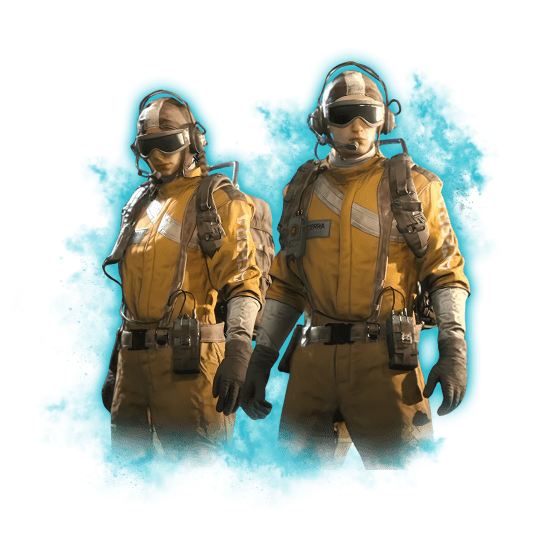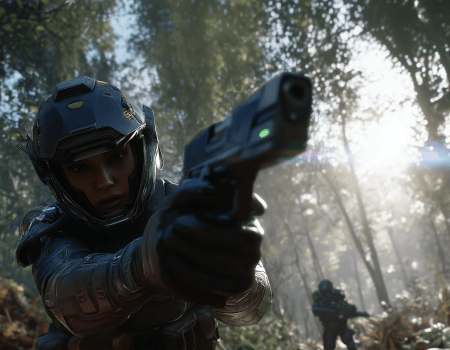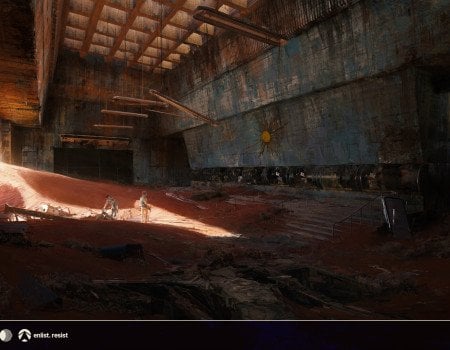If you’ve just jumped into ARC Raiders and feel overwhelmed by the chaos of Arc robots, loot, and other players trying to take you out, you’re not alone. With its mix of extraction mechanics, tactical PvPvE, and surprisingly deep customization systems, the game doesn’t exactly hold your hand. That’s why we’ve put together this ARC Raiders beginner’s guide to help you get your bearings fast.
We’ll cover the essential systems that define your time in a raid - how to gear up, pick your battles, extract safely, and optimize your loot runs. Whether you’re coming in cold or just want to sharpen your survival instincts, this ARC Raiders new player guide will walk you through the fundamentals of how ARC Raiders really plays.
Do you feel stuck with progression and want better gear? Why not buy ARC Raiders Coins at Skycoach so that you can always get the best gear from the vendors instead of having to count every resource to craft everything yourself? With this fast and safe service performed by professional gamers, you'll have a much easier time starting out in this game.
Read our other ARC Raiders guides:
Note: At Skycoach, you can Buy ARC Raiders Boost at the best prices with fast delivery. Use our special PROMO CODE (in green) hidden in this article for a 20% DISCOUNT.
How to Play ARC Raiders: Game Objectives
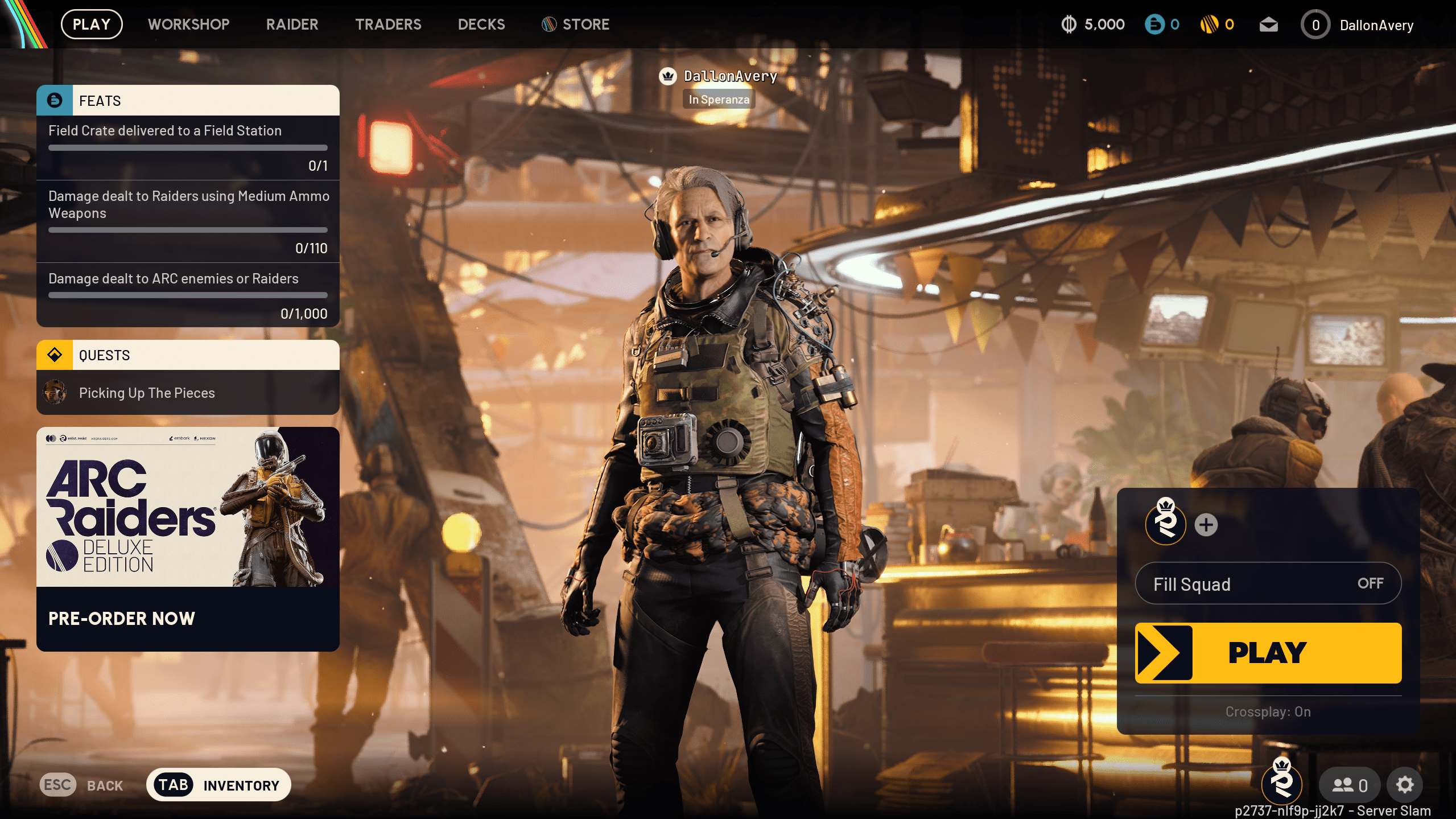
ARC Raiders is a third-person PvPvE extraction shooter set in a reclaimed, retro-futuristic Earth where humanity has been pushed underground by hostile machines known as the ARC. Developed by Embark Studios—the team behind The Finals—ARC Raiders originally debuted as a free-to-play co-op shooter at The Game Awards 2021. However, its vision evolved significantly: by 2023, the project had pivoted to a full-fledged extraction shooter with a greater emphasis on tension, risk, and replayability. It will no longer be free-to-play and is now set to launch as a premium title in 2025 on PC and current-gen consoles.
The game draws heavy aesthetic inspiration from cassette-futurism, brutalist design, and the artwork of Simon Stålenhag. Imagine CRT displays bolted to rusty tech, sun-bleached concrete cities, and 80s sci-fi remnants fused with 22nd-century salvage gear. That distinct visual identity supports a world where the past and future have collapsed into something uniquely rugged—and dangerous.
If you're wondering how to play ARC Raiders, it all begins with mastering this loop—drop in, scavenge what you can, survive the threats, and extract before it’s too late.
 You play as a Raider, one of the brave scavengers who ventures from the underground city of Speranza into the dangerous "Rust Belt" surface above. Your goal: gather loot, defeat enemies (both AI-controlled ARC machines and real players), and make it out alive.
You play as a Raider, one of the brave scavengers who ventures from the underground city of Speranza into the dangerous "Rust Belt" surface above. Your goal: gather loot, defeat enemies (both AI-controlled ARC machines and real players), and make it out alive.
Each raid lasts up to 30 minutes, and what you do during that time is up to you. Will you sneak around the map collecting scrap and avoiding attention, or storm high-tier loot zones swarming with enemy players and deadly ARC patrols? Will you play it safe with low-risk gear, or gamble with your best weapons for a higher reward?
The core loop looks like this:
- Deploy from Speranza (hub city) using crafted gear, vendor gear, or the low-risk Free Loadout.
- Scavenge the surface for materials, valuables, and schematics.
- Engage or avoid hostile NPC robots and human opponents.
- Secure valuable loot in your Safe Pocket for guaranteed return.
- Complete quests to uncover more story and receive rewards.
- Extract via elevators or raider hatches before time runs out or you get killed.
- Return to base to craft, sell, or upgrade gear—and prepare for the next run.
While this loop might seem familiar it's the details and mechanics that make the game special, and quite frankly, a lot of fun, so, to continue this ARC Raiders starter guide, let’s talk about those mechanics. BLOG20
Map Selection and Raid Types
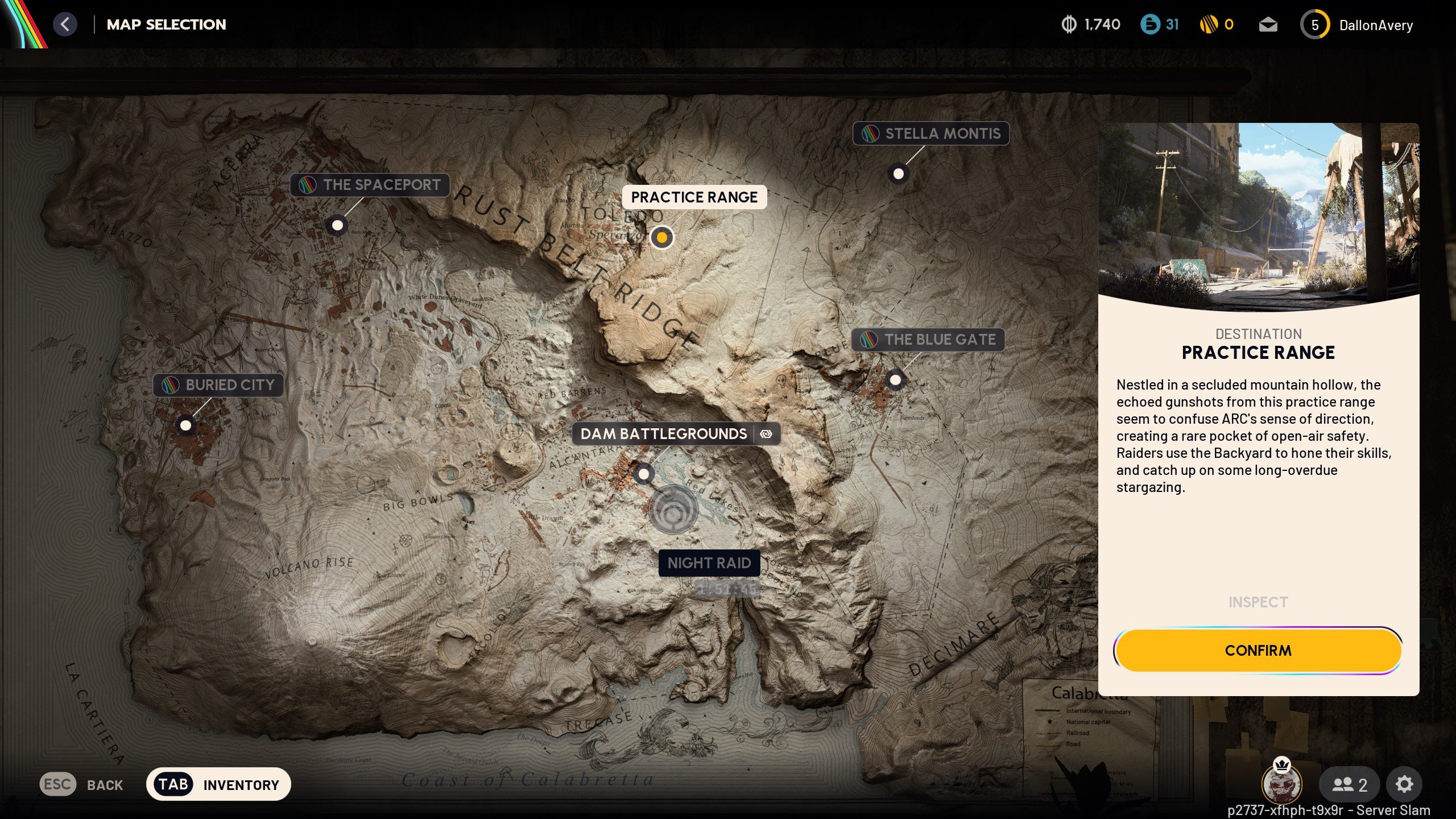
Before every raid in ARC Raiders, the first choice you make is where to deploy. That decision carries real weight: each map comes with its own terrain, history, environmental hazards, and potential loot value. Currently, the game features a rotating pool of maps, with Dam Battlegrounds available at all times, and others like Buried City and Acerra Spaceport appearing for limited-time windows. There’s also practice range where the ARC Raiders tutorial takes place.
Each map supports both solo play and three-person squads. While your objectives remain largely the same—gather materials, defeat enemies, extract safely—your strategy will shift depending on map layout, weather, and even the time of day.
You'll also need to adapt to dynamic world events that trigger across the surface. These include special loot opportunities and rare enemy spawns—but they also carry increased danger. Proper map knowledge is essential to surviving the shifting battlefield.
Here’s a quick overview of the currently known maps:
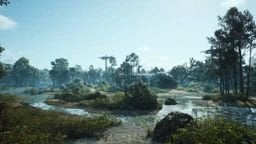
- Dam Battlegrounds: The Alcantara Power Plant is a constant warzone. Toxic swamps and abandoned infrastructure make this area treacherous. A good entry point for new players but still risky due to high ARC density.

- Buried City: A haunting desert map with tight alleys and exposed courtyards. This environment offers excellent opportunities for stealth, but it can also lead to sudden ambushes from other Raiders.

- Acerra Spaceport: A massive, vertical battlefield filled with remnants of Earth’s Exodus program. Loot is often locked behind security checkpoints, and both ARC and Raiders are drawn to its central towers.
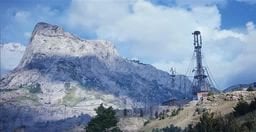
- The Blue Gate: a mountainous region with a lot of verticality. This map hosts a lot of weather research facilities.
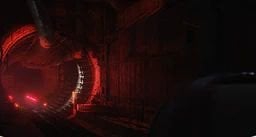
- Stella Montis: a system of tunnels, with no access to the surface, this map is entirely underground.
In addition to the core maps, the following temporary events can occur during raids:
- Prospecting Probes: Heavily guarded ARC devices that offer rare crafting materials if defeated.
- Harvester: A massive machine guarded by the Queen unit. Expect elite AI threats, but also top-tier loot.
- Uncovered Caches: Lootable caches uncovered by storms. These explode if left exposed for too long—speed is key.
- Husk Graveyard: Fallen ARC units litter the field, creating ideal conditions for scavenging rare robot parts.
- Launch Tower Loot: A high-risk, high-reward zone where loot has been stashed at the tower's summit—guarded by elite ARC.
- Lush Blooms: Weather events have caused rare flora to grow. These plants can be collected for unique crafting bonuses.
- Darkness: A night phase that increases loot quality but dramatically lowers visibility and raises enemy density.
ARC Raiders' map system rewards adaptability. Before loading into a raid, check the current rotation and active events—then build a loadout that fits the fight.
Loot Zones and Risk vs Reward
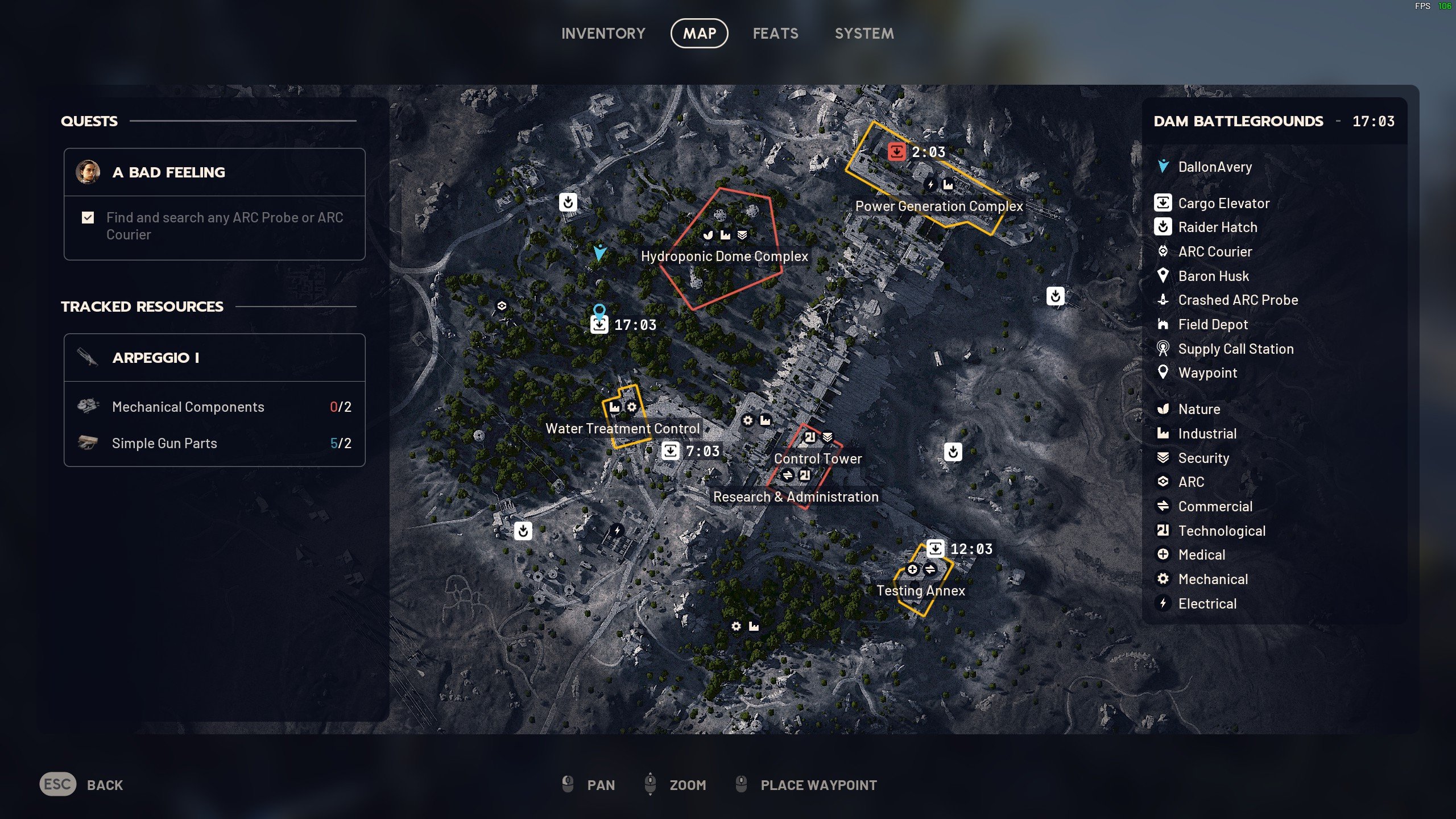
So, you know how to start ARC Raiders, pick a map, and go on a raid, but there’s something cool that this game does. Looting is at the heart of the experience. Whether you're gunning for rare schematics, vital crafting materials, or just stocking up on grenades and bandages, every raid revolves around collecting and extracting loot. But not all areas of the map—or containers—are created equal, and success often comes down to weighing risk versus reward in real time.
The surface of the Rust Belt is dotted with dozens of lootable locations, from standard lockers and drawers to high-value caches guarded by ARC patrols or event bosses. Each map is divided into color-coded zones to signal the potential quality of loot inside:
- White Zones: Low-density, low-risk areas with basic materials and gear. Ideal for fast looting or stealthy runs.
- Orange Zones: Contain higher-value loot but are often patrolled by ARC machines. Expect moderate resistance.
- Red Zones: The most dangerous and most rewarding areas. Packed with loot—and usually swarming with other Raiders and tough enemies.
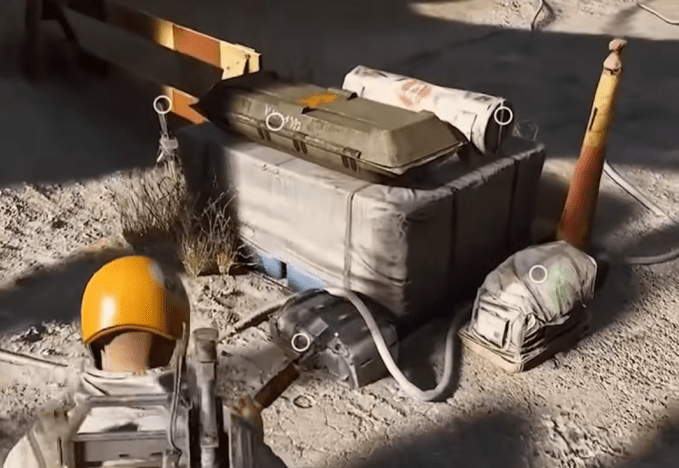
Every loot source falls into a container category. Here's a breakdown of common types:
- Weapon Case: 1 weapon, up to 2 ammo types, mods or gun parts, and possibly a recipe.
- Medical Bag: Up to 5 healing items and occasionally a schematic.
- Ammo Case: Multiple ammo stacks and a chance at crafting recipes.
- ARC Husks (Baron, Courier, Hornet, Rocketeer): These machine remains require breaching but yield valuable ARC parts, some of which are used for high-end gear.
- Buried Raider Cache: Contains a mix of ammo, grenades, gadgets, and a rare chance at a weapon.
- Field Depot Drop: Requires puzzle completion but refreshes each time. Excellent loot variety.
- Supply Drop: General-purpose cache with ammo, grenades, and healing items.
Vehicle Loot: Cars and trucks may contain electronics or power items—just be careful of alarms.
Notably, recycling loot during a raid only gives back 50% of its usual material value, so it’s best to extract first before breaking items down. Still, some objects—like Power Banks and Fried Motherboards—are worth grabbing specifically to salvage for valuable parts.
Because other players are often drawn to high-tier loot zones, a smart Raider must learn to balance aggression with caution. Going loud might win you a cache—but it can also attract enemies you’re not ready for. Stealthier players may find more success looting lesser areas and slipping out quietly with solid returns.
Whichever style you choose, always scan for loot containers, watch for event alerts, and manage your carry weight carefully. Dying over one more ammo box is a mistake most Raiders only make once.
ARC Robots and Combat Strategy
On the surface of the Rust Belt, Raiders must contend with more than just other players. The greatest threat comes from the ARC machines—remnants of a technological force that once tried to exterminate humanity. These autonomous enemies come in many forms, from fast-moving drones to colossal war machines. Some skitter across rooftops; others stalk the landscape like mechanical giants. Regardless of their shape, they all pose a serious risk to unprepared players.
Engaging ARC units should never be taken lightly. While they offer valuable loot like ARC Powercells, machine parts, and rare components, they also make noise and attract attention—both from more ARC and rival players. This risk-reward dynamic is a core part of ARC Raiders’ combat loop.
Let’s take a look at the main ARC enemy types you’ll encounter, along with their known drops:
| Image | ARC Unit | Description | Key Drops |
 |
Wasp | Fast, agile flying scout | ARC Alloy Wasp Driver Light Ammo |
 |
Hornet | Stronger air unit, tougher than Wasps | ARC Alloy ARC Powercell Hornet Driver Medium Ammo |
 |
Snitch | Marks players, calls reinforcements | ARC Alloy ARC Powercell Snitch Scanner |
 |
Tick | Jumps on your face! | ARC Alloy Tick Pod |
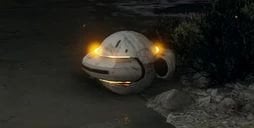 |
Pop | Self-destructs in close proximity | |
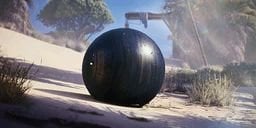 |
Surveyor | Rapid rolling bot, hard to hit | ARC Alloy ARC Powercell Surveyor Vault |
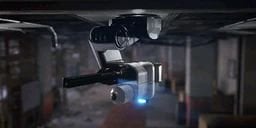 |
Turret | High DPS, fixed position | ARC Alloy ARC Powercell Light Ammo |
 |
Sentinel | More powerful turret, can one-shot | ARC Alloy Advanced ARC Powercell Sentinel Firing Core Heavy Ammo |
 |
Fireball | Launches fire attacks, explodes on death | ARC Alloy ARC Powercell Fireball Burner |
 |
Rocketeer | Uses rocket barrages | ARC Alloy Advanced ARC Powercell Rocketeer Part Heavy Ammo |
 |
Bastion | Tanky, slow walker with strong defenses | ARC Alloy Advanced ARC Powercell Bastion Cell Medium Ammo |
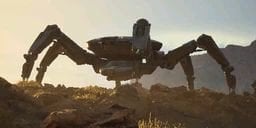 |
The Queen | Event-only boss, extremely dangerous | ARC Alloys, ARC Powercell, Queen Part, Advanced Components |
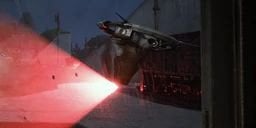 |
Spotter | Makes noises when the player is in sight | None |
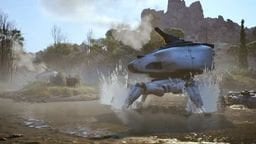 |
Bombardier | Artillery-type ARC | ARC Alloy Advanced ARC Powercell Bombardier Cell Launcher Ammo |
 |
Leaper | Jumps on players | ARC Alloys, ARC Powercell, Bison Driver |
Fighting ARC units is as much about strategy as it is about firepower. Use cover, aim for weak points like engines and exposed cores, and always be aware of the noise you're making. Sound draws attention, and a drawn-out ARC fight is an open invitation to enemy Raiders.
Make sure to loot ARC bodies after combat—many crafting blueprints and weapon upgrades require components that only drop from specific ARC enemies. That said, know when to cut your losses. Picking a fight with the wrong mech at the wrong time can be the last mistake you make before extraction.
Noise and Stealth Mechanics
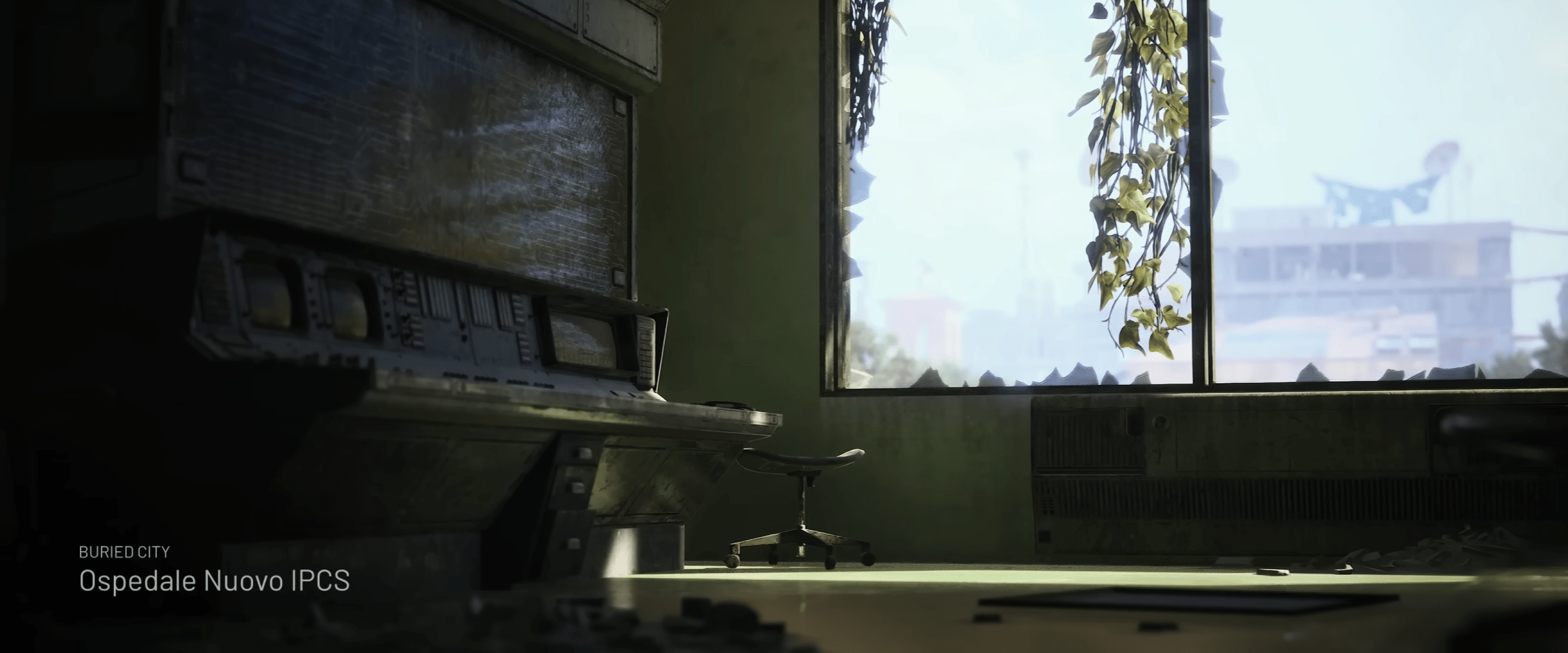
Sound in ARC Raiders isn’t just atmospheric—it’s tactical. Every action a player takes can echo across the map, drawing the attention of ARC units and rival raiders alike. The game’s audio design turns noise into a dynamic risk factor, where volume and timing can drastically alter the outcome of a raid.
Numerous gameplay actions generate sound, creating opportunities for detection or ambush. Noise propagates differently based on context—combat, movement, or environmental interactions can all betray your position.
Common sound sources to be aware of:
- Gunfire – Loudest and most far-reaching, immediately signals combat activity.
- Explosives and grenades – Generate area-specific sound cues that attract attention.
- Breaching loot containers – Interacting with breaker boxes, lockers, and cars creates sharp, mechanical sounds.
- Running and sprinting – Audible footfalls can be heard across varying distances, especially on hard surfaces.
- Combat with ARC machines – Engaging large ARC types produces extended noise and may trigger additional spawns.
- Spooked birds – Walking too close to resting flocks triggers a loud flurry of wings. Birds reset after a short time, returning the trap to a neutral state.
These audio cues form an ambient layer of tension across the surface. Whether players are aware of it or not, every step, shot, and spooked bird can be the start of a chain reaction in this PvPvE world.
Loot Rarity and Inventory Management
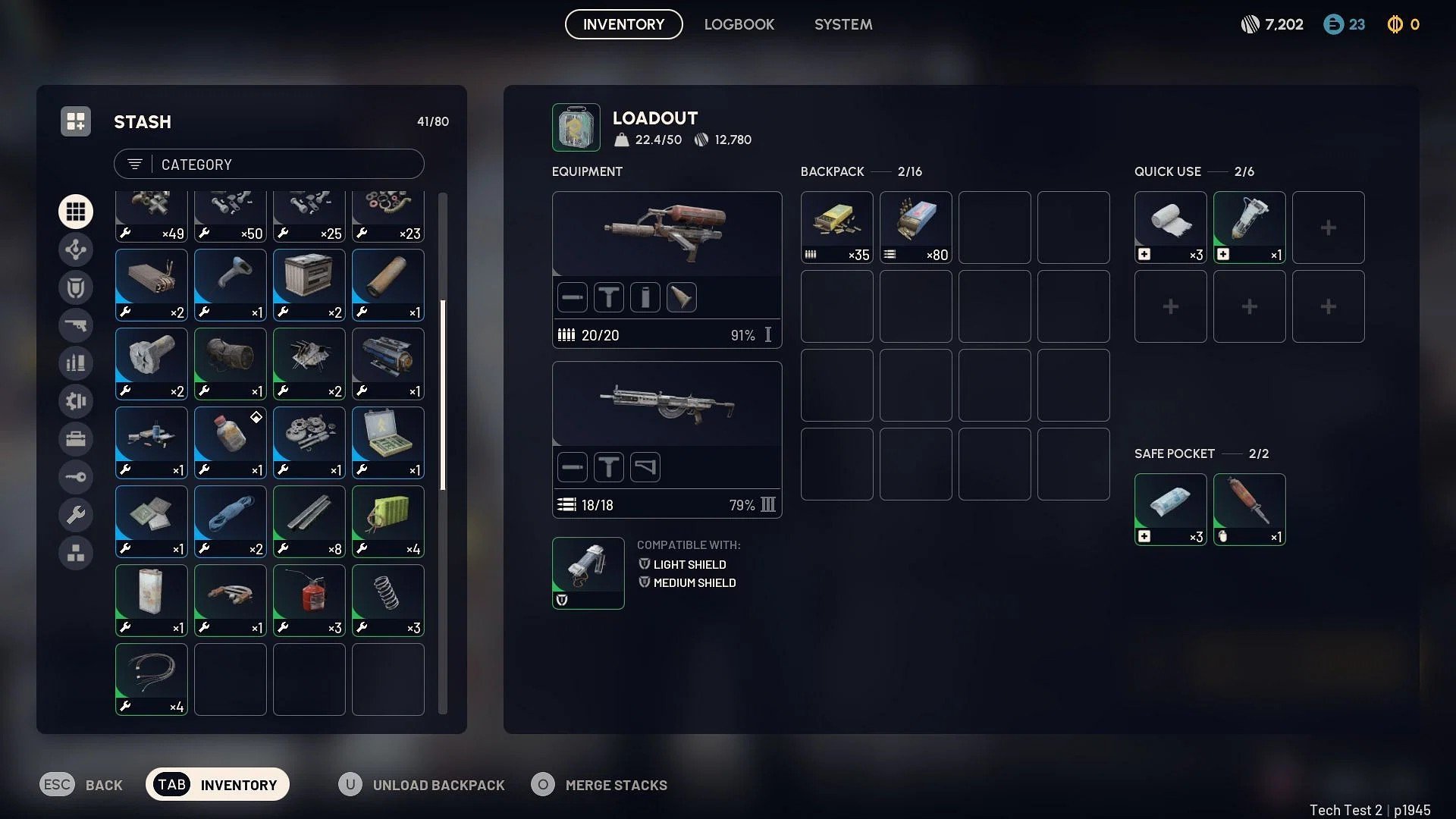
Loot in ARC Raiders is central to player progression, crafting, and survival. Everything found on the surface—from broken electronics to high-grade weapons—feeds into the broader loop of upgrading gear, selling for profit, or fulfilling quest objectives. The game uses a color-coded rarity system to distinguish the value and function of items, and this system plays directly into how players manage their inventory during a raid.
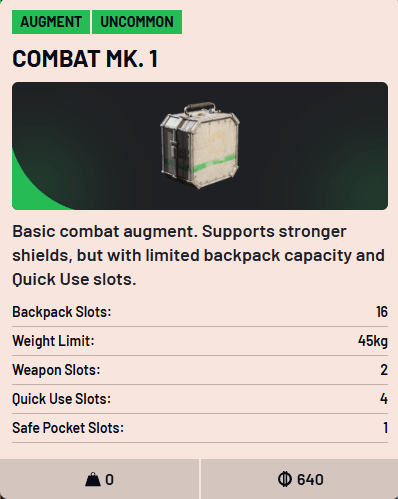
Loot is categorized into different item types, including:
- Crafting Materials – Used to create and upgrade weapons, gadgets, mods, and equipment.
- Schematics – Unlock new recipes for crafting at your workshop.
- Consumables – Items like grenades, medical supplies, and shield rechargers that are used during raids.
- Valuables – High-sell-value items with no crafting use, meant for generating money.
- Weapons, Mods, and Ammo – Gear that can be equipped or broken down into parts.
Each item has a rarity tier, typically color-coded as follows:
- Gray/White – Common: basic materials and consumables.
- Green – Uncommon: slightly improved value and utility.
- Blue – Rare: useful components, gear, or recipes.
- Purple – Epic: high-value loot and advanced crafting materials.
- Orange/Yellow – Legendary: typically schematics or unique, top-tier items. BLOG20
We’re not going to list every item in the game, as this is not exactly the ARC Raiders complete guide, but the important thing is that the inventory space is limited and structured around a backpack system. Items vary in size and weight, and the available space depends on your loadout and gear. Players must decide what to carry, what to drop, and how to organize their inventory efficiently mid-raid. Some containers or loot types—such as Raider Backpacks, Field Depots, or ARC Husks—offer concentrated drops of mixed items, making them high-value targets during looting runs.
Safe Box and Extraction Explained
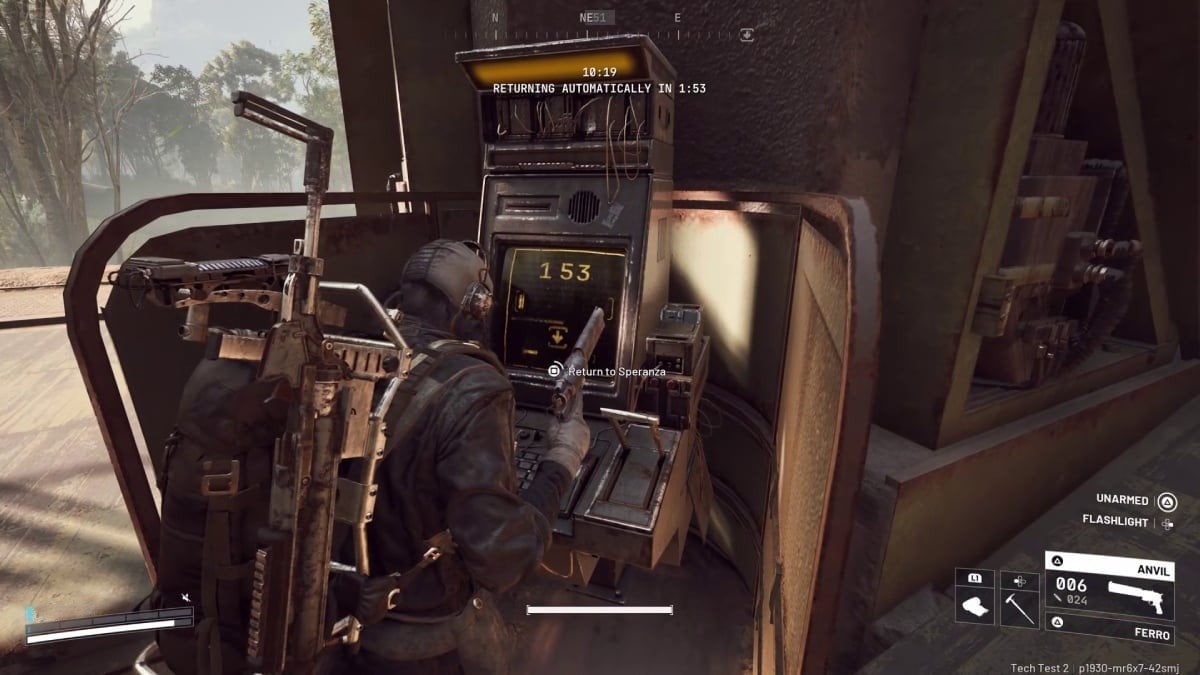
As outlined in the Game Objectives & Core Loop section, extraction is the primary goal of every raid in ARC Raiders. Collecting loot is only half the battle—successfully escaping the surface with your gear intact is what determines your actual progress. The game’s extraction mechanics and Safe Box system add layered risk management to this process.
Each player carries a Safe Box, a limited-capacity secure storage space within their inventory. Items placed inside the Safe Box are protected, meaning they will remain with the player even if they are killed before extracting. This makes it ideal for safeguarding rare loot, valuable schematics, or critical crafting materials. The Safe Box starts with two slots but can be expanded through character progression and augments.
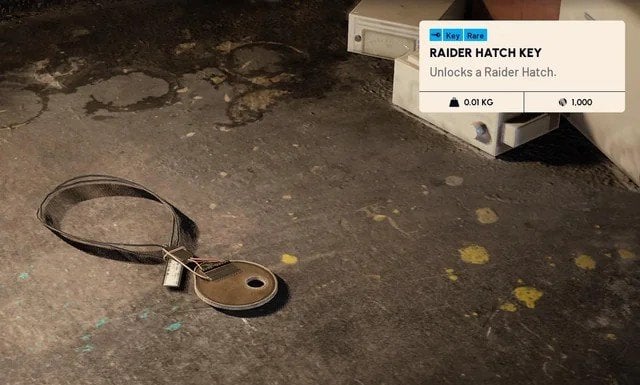
To extract from the surface, players must reach designated Extraction Points before the match timer expires. These come in several forms:
- Elevators – Standard extraction zones scattered across the map. Players must activate a nearby console, which starts a countdown and makes significant noise. Once the timer ends, the elevator opens for escape. After a certain period, elevators become unavailable.
- Raider Hatches – A rarer extraction method, these require a special Raider Hatch Key to access. While costly, they provide a faster and quieter escape route with reduced exposure.
Each extraction method carries its own risks. Activating an extract zone creates noise and visual cues that can alert nearby players or ARC units. Since extraction is the final and most vulnerable step of a raid, timing and route planning become just as important as loot collection.
Loadout System Breakdown
Before heading into a raid in ARC Raiders, you’ll configure your loadout: the equipment you’ll rely on for combat, defense, and survival. The loadout system is modular, with each slot playing a specific role. Choosing what to take—and what to risk—is a core part of the extraction loop.
Here’s a breakdown of each slot and what it does:
| Slot | Function |
| Primary Weapon | Your main firearm. Often suited for mid-to-long-range engagements. |
| Secondary Weapon | A backup gun. Useful for different engagement ranges or to avoid reloading mid-fight. |
| Shield | Absorbs damage before it hits your health. Higher tiers require augments. |
| Augment | Modifies abilities: increases backpack space, enables rare shield use, etc. |
| Quick-Use Slots | Hold consumables like meds, shield charges, grenades, and gadgets. |
If you want to know how to start playing ARC Raiders as a beginner, just pick the free loadout option, which will give you the bare minimum in terms of weapons and equipment so you can go out there and try your luck without risking losing what you have in your stash. While the gun and shield slots define your immediate combat readiness, augments and quick-use slots provide utility and survivability advantages. Keep in mind that everything you equip can be lost if you don’t extract, except what's stored in your Safe Box.
Crafting and Vendor System
Crafting in ARC Raiders is central to long-term progression. While you can scavenge equipment during raids, crafting lets you reliably reproduce gear, ammo, and support items once you’ve secured the necessary schematics. All crafting is handled through your Workshop, which you expand and upgrade over time. Your base also houses vendors and your scavenger rooster, Scrappy.
Upgrading each bench unlocks new tiers of items, and different benches serve different purposes—from medicine to explosives. You start with a basic bench and slowly build out your crafting capabilities by raiding, gathering, and extracting rare materials.
Workbenches Overview
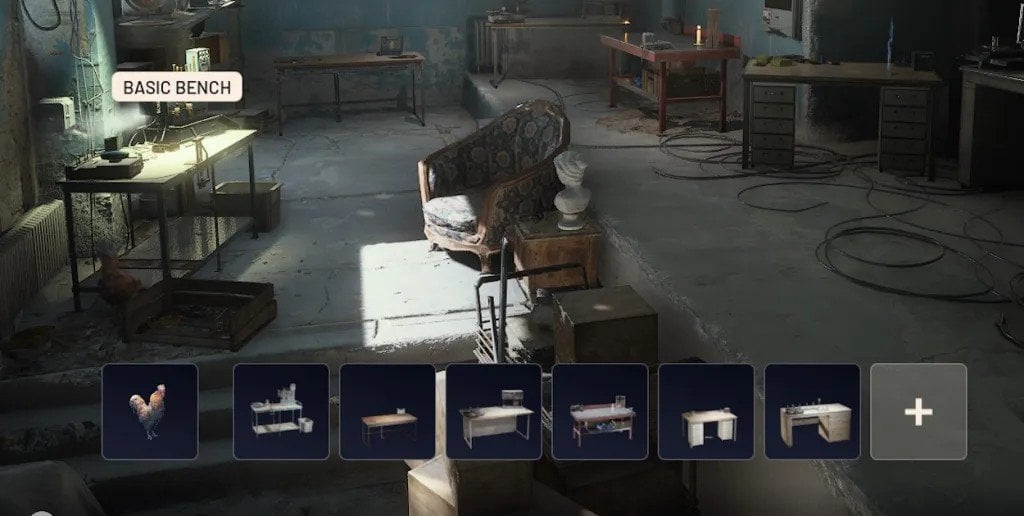
Each bench in your Workshop serves a specific function and requires unique resources to build and upgrade. As you progress, benches can be upgraded to unlock stronger gear and more complex crafting options. The table below outlines what each workbench does and what kinds of items you can expect to create with them.
| Workbench | Function | Crafting Tier Unlocks |
| Weapon Bench | Firearms, mods, gun parts | Weapons, ammo types |
| Equipment Bench | Shields, gear, augments | Defensive items and utilities |
| Med Station | Medical consumables | Bandages, shield rechargers, med kits |
| Explosives Bench | Grenades and explosive gadgets | Grenades, explosive weapons |
| Utility Bench | General-use gadgets and tools | Gadgets, special-use equipment |
| Refiner Bench | Rare material processing | Converts ARC parts and scrap into higher-quality crafting materials |
Crafting tiers depend on gathering specific rare enemy drops and components. Some benches require multiple successful raids and raid-specific items (e.g., Wasp Driver, Tick Pod, Queen Part) to reach their maximum level of 3.
Recipes
Crafting recipes, also called Blueprints, are found during raids inside loot containers such as ARC Remains, weapon crates, and secured lockers. Once looted, they must be safely extracted to be learned permanently. If you fail to extract, the Blueprint is lost.
To protect valuable finds, place them in your Safe Pocket before extraction. Once successfully extracted, a Blueprint unlocks new crafting options in the Workshop, automatically linking it to the correct bench. Some advanced Blueprints can only be crafted once the related workbench reaches Tier 2 or Tier 3.
Scrappy the Rooster
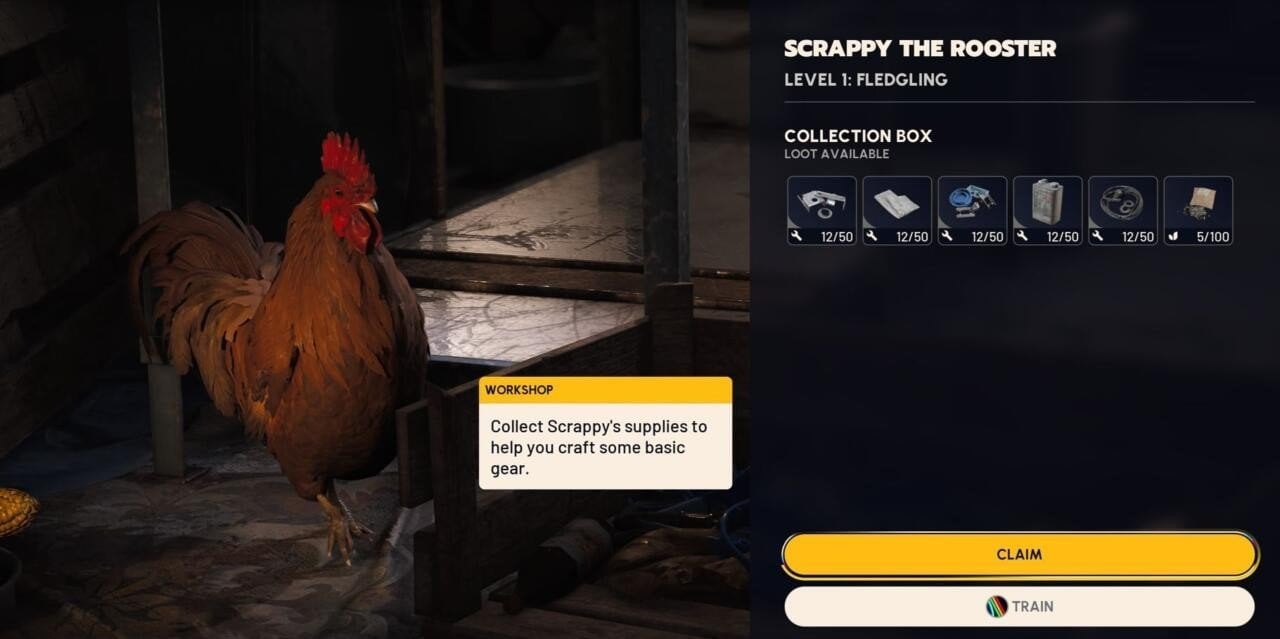
Scrappy is your loyal workshop scavenger who collects resources between raids. His effectiveness improves with each upgrade, found by bringing back specific collectible items. While you’re in a raid, Scrappy passively searches for crafting materials and deposits them once you return.
| Level | Requirements | Raid Rewards (Success/Failure) |
| Fledgling | None | 12x Common + 2x Uncommon / 5x Common + 1x Uncommon |
| Forager | 1x Dog Collar, 1x Torn Blanket | 13x Common + 4x Uncommon / 6x Common + 2x Uncommon |
| Scavenger | 5x Lemons, 5x Apricots | Unknown / Unknown |
| Treasure Hunter | 8x Prickly Pear, 8x Olives, 1x Cat Bed | Unknown / Unknown |
| Master Hoarder | 12x Apricots, 12x Mushrooms, 3x Very Comfortable Pillow | Unknown / Unknown |
Scrappy provides a steady supply of low- and mid-tier crafting components, including Metal Parts, Fabric, Plastic, Rubber, and Chemicals. As you increase his level, the amount and rarity of materials improve, making him one of the most reliable passive resources for Workshop upgrades.
Vendor Economy
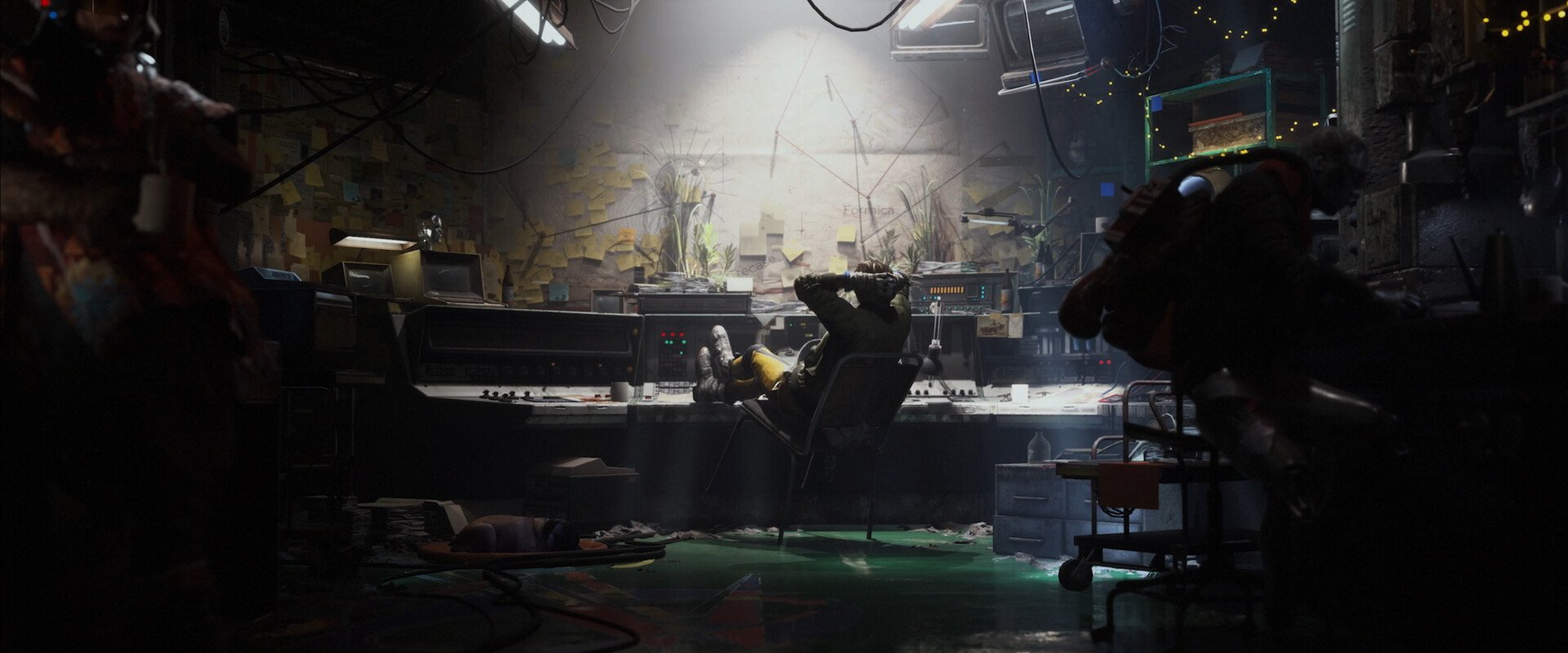
Vendors in ARC Raiders, known as Traders, form the backbone of Speranza’s underground economy. Each one specializes in different gear, materials, and upgrades. They also assign quests that reward you with currency, items, and experience, making them essential for both progression and story development.
| Trader | Sells | Description |
| Celeste | Basic Materials, Topside Materials | The leader of the Raiders and founder of Speranza. Celeste is both a strategist and a symbol of hope for humanity. She manages key supply lines and oversees resource distribution. |
| Shani | Raider Hatch Key, Binoculars | Head of security and Speranza’s tactical coordinator. Shani provides special items tied to reconnaissance and mission access, often through security-focused quests. |
| Tian Wen | Weapons, Ammo, Weapon Mods | A reclusive gunsmith with unmatched technical skill. She sells firearms, ammunition, and weapon mods once you earn her trust through raid contracts. |
| Apollo | Gadgets, Grenades | A traveling mechanic turned local supplier. Apollo trades in field gadgets and explosives, and often repairs or modifies your gear between missions. |
| Lance | Augments, Armor, Medical Items | A friendly android medic who specializes in shields, augments, and medical gear. Lance’s shop is the best place to restock on healing and defense equipment. |
Each trader has their own personality and story, adding flavor to Speranza’s world. Celeste keeps morale high, Shani enforces security, Tian Wen crafts precision weapons, Apollo handles field tech, and Lance keeps everyone alive.
Traders also provide quest lines that reward unique schematics or currency. Completing these quests can unlock rare crafting materials or advanced gear. Selling valuables like electronics, refined parts, and scavenged tech remains the fastest way to earn money for vendor purchases.
By balancing your Workshop crafting with regular vendor upgrades, you can build a self-sustaining economy — crafting essentials yourself while buying high-end equipment or mods that can’t be built elsewhere.
Character Progression and Leveling
In ARC Raiders, your character isn’t just defined by their loadout or weapons — long-term progression plays a vital role in how you handle raids, enemy threats, and your general efficiency across the Rust Belt. This progression is tied to an experience system that feeds into skill trees, quests, and other reward systems designed to shape your playstyle and power level.
As you complete raids, quests, and other activities, you gain XP. This XP contributes to your Raider level and earns you skill points that you can allocate across three specialization trees. These trees influence things like stamina efficiency, stealth, looting speed, mobility, and even access to special mechanics like breaching locked containers or field crafting. You'll unlock additional mechanics and gradually evolve your build to suit stealthy survival, aggressive looting, or tactical evasion — the choice is yours.
Beyond the skill system, quests also play a major role in progression. They’re provided by key NPC vendors and reward players with XP, crafting materials, and gear — sometimes even granting weapons or schematics upon acceptance. These quests offer narrative flavor as well as targeted gameplay tasks that encourage map exploration and specific objectives during raids.
Skill Trees Overview
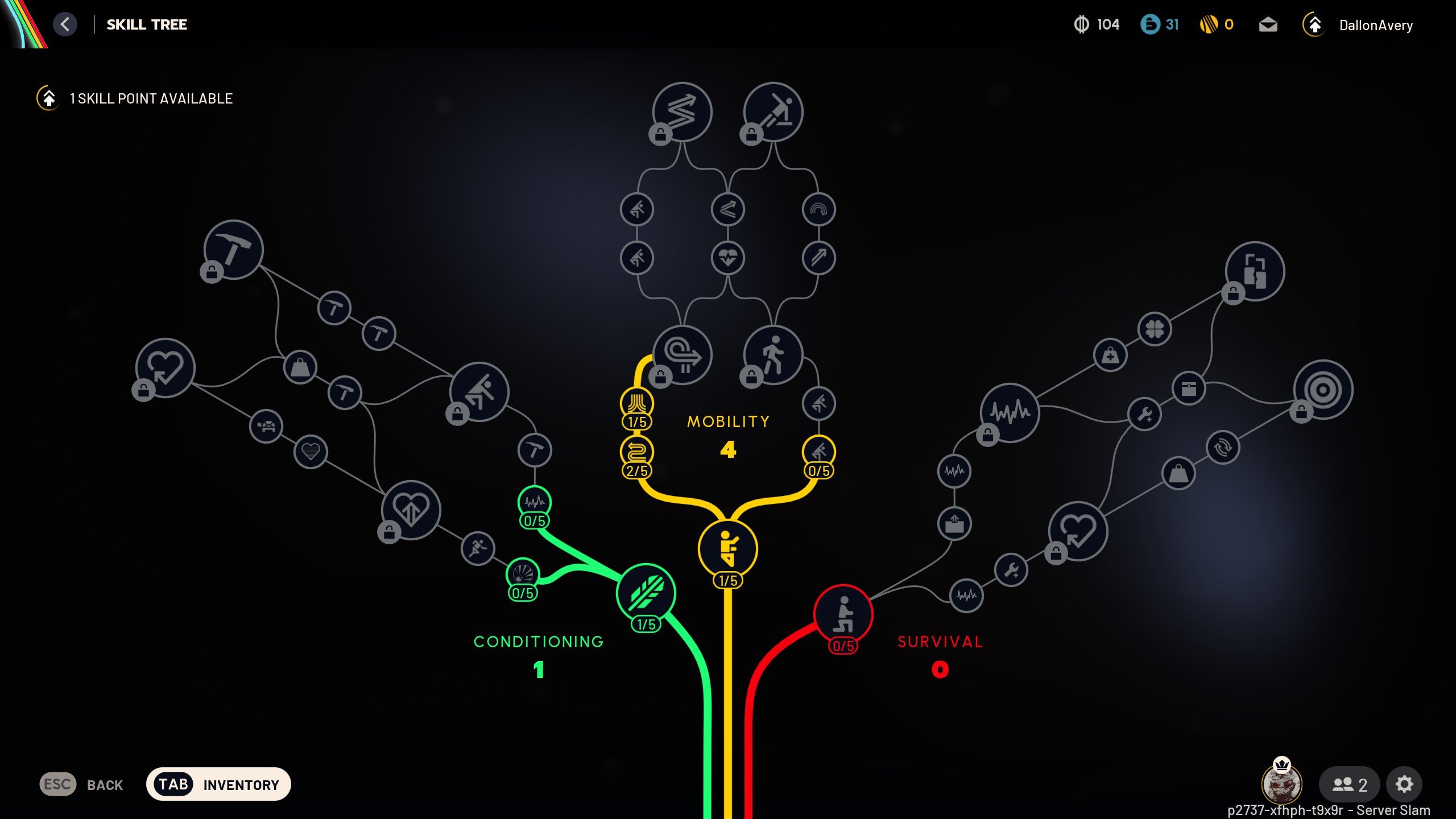
There are three core skill trees: Conditioning, Mobility, and Survival. Each tree focuses on a different aspect of your Raider’s performance and unlocks passive benefits or entirely new capabilities. Skills are tiered and require investing points in prerequisite nodes before unlocking more advanced upgrades.
- Conditioning boosts stamina capacity, recovery, weight capacity, and resistance to environmental hazards like explosions or fall damage.
- Mobility enhances movement — improving climbing, vaulting, dodge rolls, and even letting you wall-leap or sprint without stamina drain after certain maneuvers.
- Survival emphasizes stealth, looting efficiency, crafting in the field, and noise reduction — making it ideal for players who want to avoid direct conflict and maximize resource gain.
Skill points are earned through gameplay progression and can be used flexibly. You’re not locked into one path and can build a hybrid style by picking skills from across different trees.
Questing
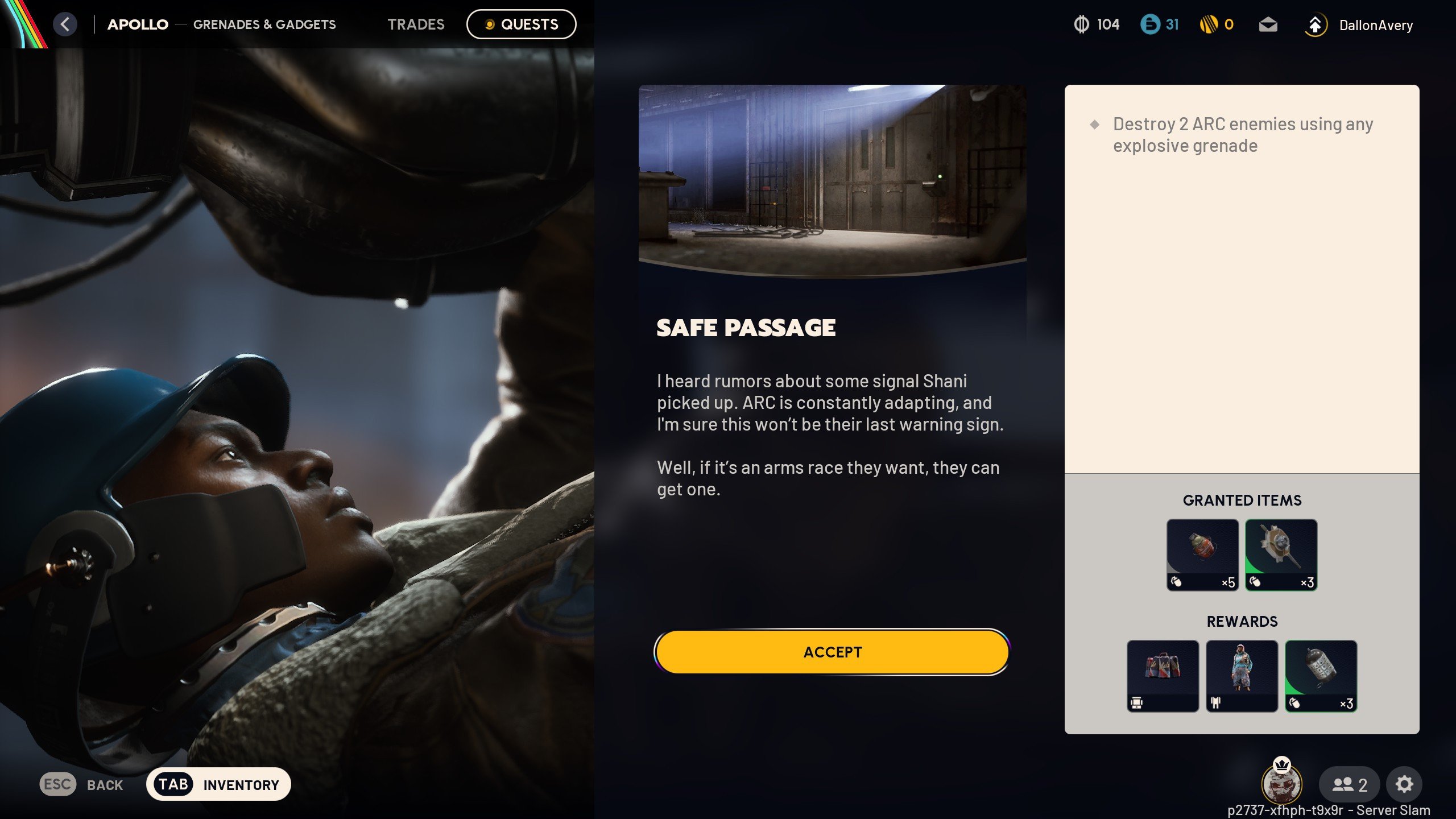
Quests in ARC Raiders are assigned by NPCs and serve both as progression tools and as gentle guidance for players exploring the game’s mechanics and maps. They cover a wide range of tasks — from destroying specific ARC enemies or looting certain containers, to repairing field equipment or investigating derelict husks.
Quest rewards often include:
- XP for leveling
- Crafting materials
- Grenades, gadgets, or consumables
- Weapons or their recipes BLOG20
- Augments or extraction keys
Some quests even provide gear upon being picked up, allowing players to complete their objectives with minimal personal investment. Completing quests also helps you unlock more advanced missions and gear from the same NPCs, creating a continuous sense of advancement beyond raw loot.
Mastery and Battle Pass System
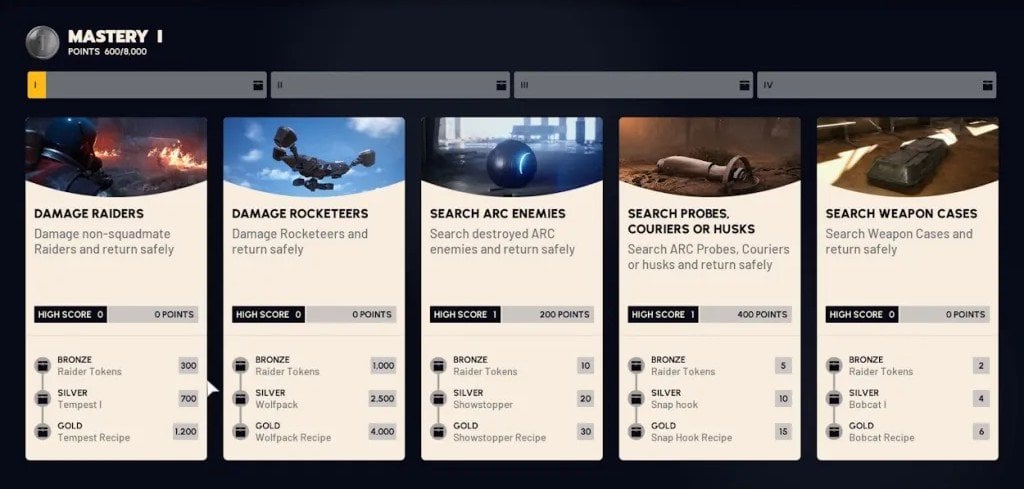
ARC Raiders uses two long-term progression systems: Mastery Challenges and Raider Decks. Both reward consistent extractions and steady progression across all activities.
Mastery Challenges focus on specific objectives like damaging Raiders, defeating Rocketeers, or searching ARC Husks and Weapon Cases. Each mastery track has three reward tiers — Bronze, Silver, and Gold — and progress only counts after a successful extraction. Your highest-scoring raid sets your tier, meaning careful, efficient play is more rewarding than repeated short runs.
| Mastery | Objective | Bronze Reward | Silver Reward | Gold Reward |
| Damage Raiders | Damage non-squadmate Raiders and extract safely | 300 Raider Tokens | Tempest I | Tempest Blueprint |
| Damage Rocketeers | Defeat Rocketeers and extract safely | 1,000 Raider Tokens | Wolfpack | Wolfpack Blueprint |
| Search ARC Enemies | Search destroyed ARC enemies and extract safely | 10 Raider Tokens | Showstopper | Showstopper Blueprint |
| Search Probes, Couriers, or Husks | Loot ARC Probes, Couriers, or Husks | 5 Raider Tokens | Snap Hook | Snap Hook Blueprint |
| Search Weapon Cases | Loot Weapon Cases | 2 Raider Tokens | Bobcat I | Bobcat Blueprint |
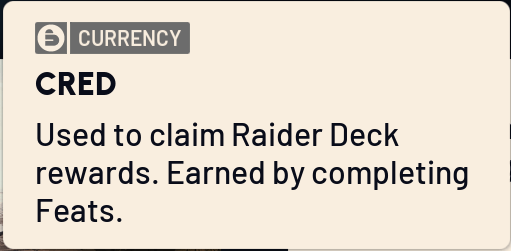 The Raider Deck replaces the traditional battle pass, offering cosmetic progression across multiple themed pages. Players spend Cred to unlock rewards and move through each page, with later pages containing rarer cosmetics and customization options.
The Raider Deck replaces the traditional battle pass, offering cosmetic progression across multiple themed pages. Players spend Cred to unlock rewards and move through each page, with later pages containing rarer cosmetics and customization options.
Each Raider Deck can contain both free and paid reward tracks. Some decks are permanent additions, while others rotate or remain available for a limited time. At launch, Raider Decks are entirely free, making them a straightforward way to earn cosmetics without affecting gameplay balance.
Raider Decks and Mastery together provide long-term goals beyond crafting or looting. They encourage steady extraction success, reward mastery of each role, and give every run a sense of visible progression in both style and performance.
Ark Raiders Tips and Tricks
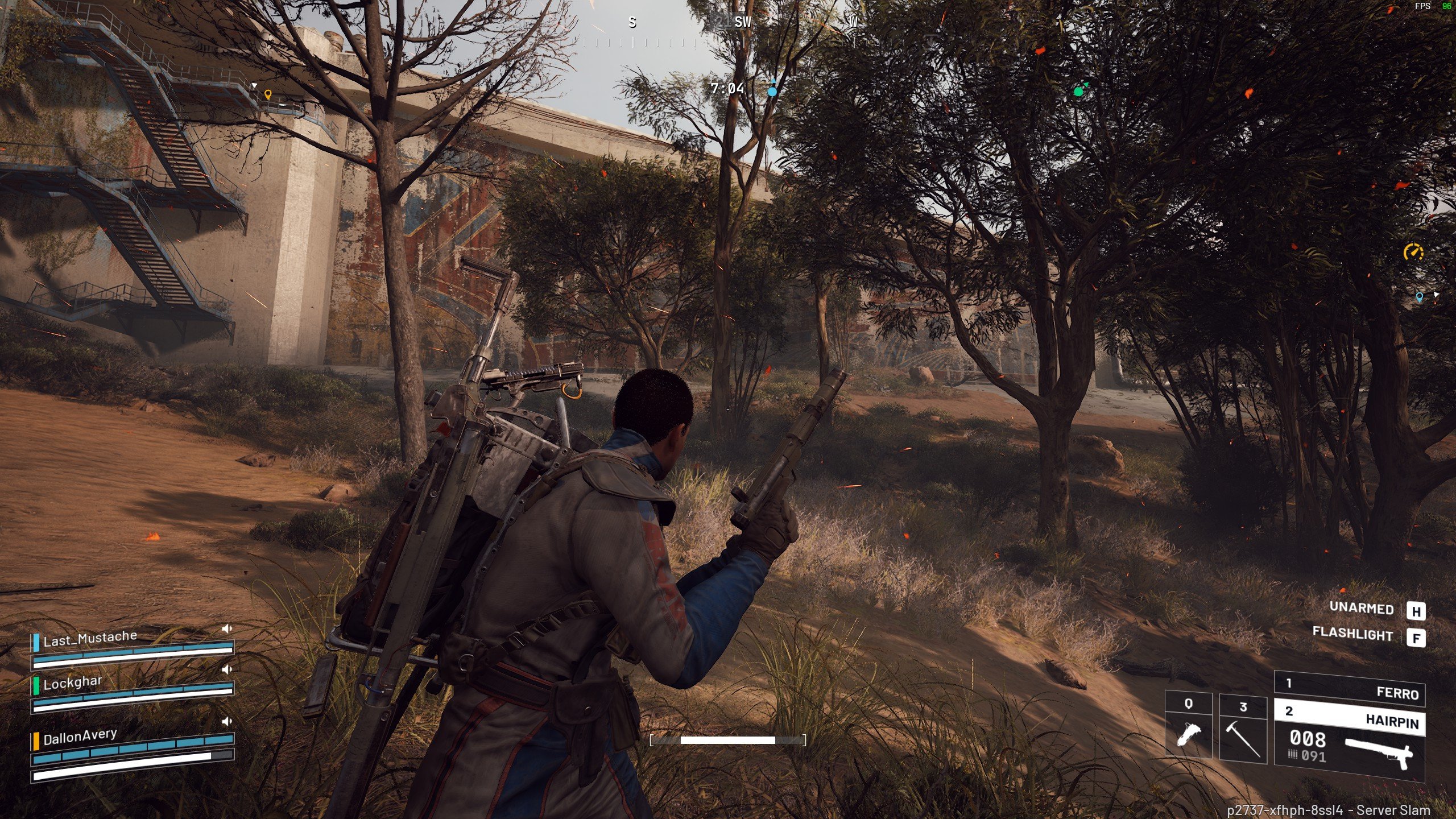
Now that you know how ARC Raiders works, it’s time to take it to the next level. Whether you're trying to survive your first few raids or you're optimizing your extraction runs, these tips and tricks tap into the game’s lesser-known systems and emergent gameplay opportunities.
Here are seven game-changing ARC Raiders tips every Raider should know:
1. Holster Your Weapon to Run Faster
Pressing 5 holsters your weapon and makes you sprint significantly faster. This is essential when escaping a firefight or reaching an extraction point in time.
2. You Can Extract While Knocked Down
Even if you're knocked out and crawling, you can still reach an extraction elevator and activate the console to escape. It’s a rare feature in the genre—and ARC Raiders even includes a custom animation for it. It’s risky, but if you make it in time, you'll successfully extract with all your loot intact.
3. Avoid Detection (or Set a Trap) with Environmental Clues
Birds scattered around the map will take off when players pass nearby, revealing their presence. Use them to track enemy movement—or spook them intentionally to lure others into a fight.
4. Manage Inventory Like a Pro
Not all loot is equal in value per slot. Items like Power Cables or Polluted Air Filters are better off recycled than sold whole. Prioritize high-rarity or high-yield crafting items when space runs low.
5. Zipline with Your Raider Tool
The melee tool isn’t just for breaking containers. It can hook onto ziplines and let you travel up or down without needing extra gadgets. This gives you new angles for extraction or PvP flanks.
6. Throw Crafting Parts as Weapons
Items like the Fireball Burner and Hornet Driver can be slotted into your quick-use menu and thrown at enemies. These create powerful elemental effects—flames, shocks—and are perfect for breaking up enemy pushes.
7. Use Raider Hatch Keys for Quiet Extractions
Raider hatches are one of the safest ways to extract, avoiding the noise of elevators or trains. You can buy a Raider Hatch Key from vendors and keep it in your safe pocket for guaranteed stealth exits.
These aren’t just ARC Raiders tips for beginners; these are the things that not a lot of players noticed or knew about who have already played the game.
Conclusion
ARC Raiders blends high-stakes PvPvE action with deep customization and layered systems that reward planning, skill, and creativity. Whether you're navigating a chaotic firefight, sneaking past ARC patrols, or managing your limited inventory for maximum profit, every decision matters. From your first extraction to your hundredth, there's always a new trick to learn, a new tool to master, or a new story to create in the rust-covered world above Speranza.
As you continue exploring, crafting, and fighting your way through the surface, keep experimenting with different builds, playstyles, and paths to success. And remember: survival isn't just about firepower—it’s about smarts, timing, and the ability to adapt when things go sideways.
Good luck out there, Raider. You’re going to need it.
F.A.Q.
Is ARC Raiders easy?
ARC Raiders isn’t necessarily easy—it combines PvPvE combat, stealth, and extraction mechanics that reward experience and careful play. New players may struggle early but will improve quickly with practice.
What to do when you first start in ARC Raiders?
Start with free loadouts, explore safer loot zones, complete vendor quests, and upgrade your workshop. Prioritize learning the maps and how extraction works.
How to become good at ARC Raiders?
Learn enemy behavior, use stealth effectively, manage inventory space, master your loadouts, and extract consistently. Practicing smart positioning and awareness also helps a lot.
What is the best beginner weapon in ARC Raiders?
The Ferro is widely recommended—it’s reliable, easy to craft, and often given as a quest reward early on.
Is ARC Raiders combat easy?
Combat can be intense and punishing, especially against high-tier ARC enemies or real players. It demands smart movement, good aim, and gear management.










